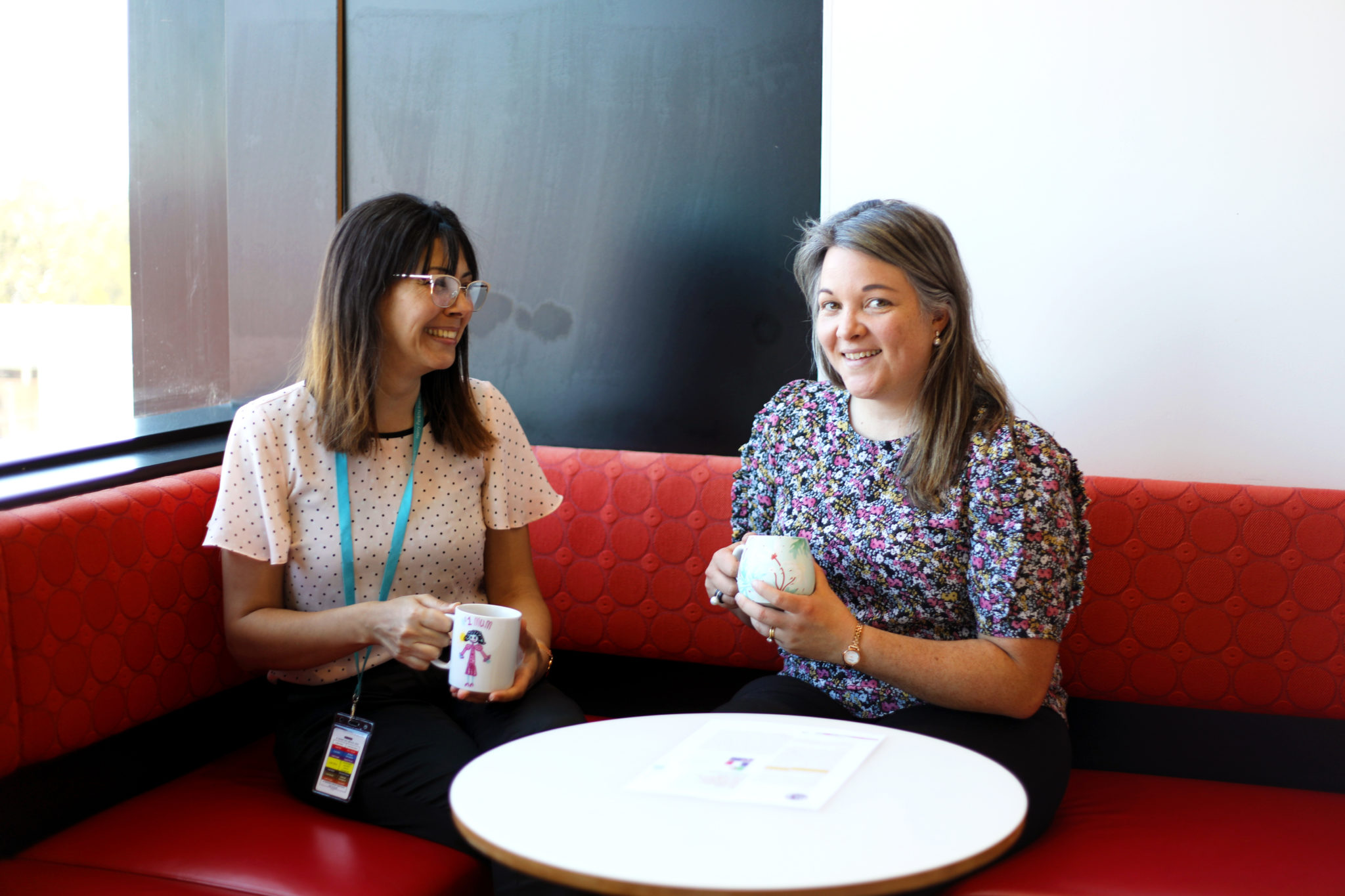
Genetic diseases know no boundaries.
That’s the product of being human. Although some diseases are more common in some countries than others the same diseases occur all over the world. This is especially the case for genetic diseases, as we all have, basically, the same genes.
Geneticists who study these genetic diseases take an international passport approach to their work, routinely cross referencing with colleagues around the world the genetic mutation of a family in one country with that of a family in another country with the same symptoms.
Once a study led by Dr Gina Ravenscroft, Group Leader of the Harry Perkins Institute’s Rare Disease Genetics and Functional Genomics Group, ended up with 55 authors from 27 institutions on four continents.
Such multinational projects are not uncommon for the Perkins genetics teams. To date, Dr Ravenscroft has co-authored with nearly 600 researchers.
International collaborations typify medical research. On a busy day in the Perkins tearooms there’s a cacophony of different accents and languages spoken, sometimes leading to unexpected outcomes.
Recently, Dr Ravenscroft collaborated with Dr Edoardo Malfatti, an Italian neuropathologist working in Paris. The focus of their study was an Algerian family with many members affected by an undiagnosed muscle disease that began to show symptoms during childhood.
An Algerian team of neurologists was exploring the family members in Algeria, working with the French team to find the genetic diagnosis for three affected siblings, one of whom was living in Paris and the other two in Algiers.
Because of Dr Ravenscroft’s expertise in the genetics of these disease types, Dr Malfatti sent DNA from the Algerian family to Perth for her to study. Dr Ravenscroft identified the cause of the family’s disease to be variants in a specific gene.
These variants affect the junction between nerves and muscles. Importantly for the family there are drugs which can alleviate these neuromuscular junction diseases. Once the genetic cause of the family’s disease was known the patients were put on relevant drugs which resulted in remarkable improvement.
Recently Dr Malfatti sent Dr Ravenscroft an article that he had published in Myologie, the magazine of the French Muscular dystrophy association. The hiccup was the article was in French.
Fortunately, in another Perkins laboratory an Algerian scientist, Hanane Belhoul-Fakir, working on cardiovascular disease speaks French, as well as three other languages, and she provided a translation.
For Hanane, the story of an Algerian family and an Algerian scientific team was special. It linked her to home.
This outcome celebrates medical research collaboration. Neurologists, neuropathologists and geneticists from three countries solving a family’s genetic mystery.
